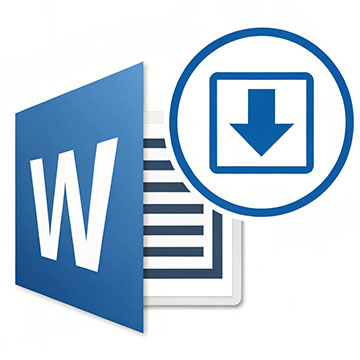Mathematical Argumentation Performance of Sixth-Graders in a Chinese Rural Class
DOI:
https://doi.org/10.46328/ijemst.1177Keywords:
Mathematical argumentation, Teachers’ potential influence, Sixth graders, A Chinese rural classroomAbstract
Researchers have established that solid argumentation is essential for developing, establishing and communicating mathematical knowledge, which attracted substantial attention from researchers, but few have simultaneously investigated the argumentation performance of sixth-graders and their teacher’s potential influence in Chinese rural classrooms. In this pilot study, 33 sixth graders in a Chinese rural class were examined, and the math teacher who had been teaching them for three years was interviewed. Findings related to the students’ performance revealed the need to improve their argumentation competency, including using more diverse modes of arguments and argument representation as well as developing more advanced types of arguments (e.g., deductive argumentation). The interview finding with the math teacher indicated that the teacher’s perception and knowledge might impact students’ learning opportunities to conduct argumentation and, therefore, may influence students’ argumentative performance. Implications and limitations of this study is discussed at the end.
Downloads
Published
Issue
Section
License
Articles may be used for research, teaching, and private study purposes. Authors alone are responsible for the contents of their articles. The journal owns the copyright of the articles. The publisher shall not be liable for any loss, actions, claims, proceedings, demand, or costs or damages whatsoever or howsoever caused arising directly or indirectly in connection with or arising out of the use of the research material.
The author(s) of a manuscript agree that if the manuscript is accepted for publication in the journal, the published article will be copyrighted using a Creative Commons “Attribution 4.0 International” license. This license allows others to freely copy, distribute, and display the copyrighted work, and derivative works based upon it, under certain specified conditions.
Authors are responsible for obtaining written permission to include any images or artwork for which they do not hold copyright in their articles, or to adapt any such images or artwork for inclusion in their articles. The copyright holder must be made explicitly aware that the image(s) or artwork will be made freely available online as part of the article under a Creative Commons “Attribution 4.0 International” license.
This work is licensed under a Creative Commons Attribution-NonCommercial-ShareAlike 4.0 International License.




